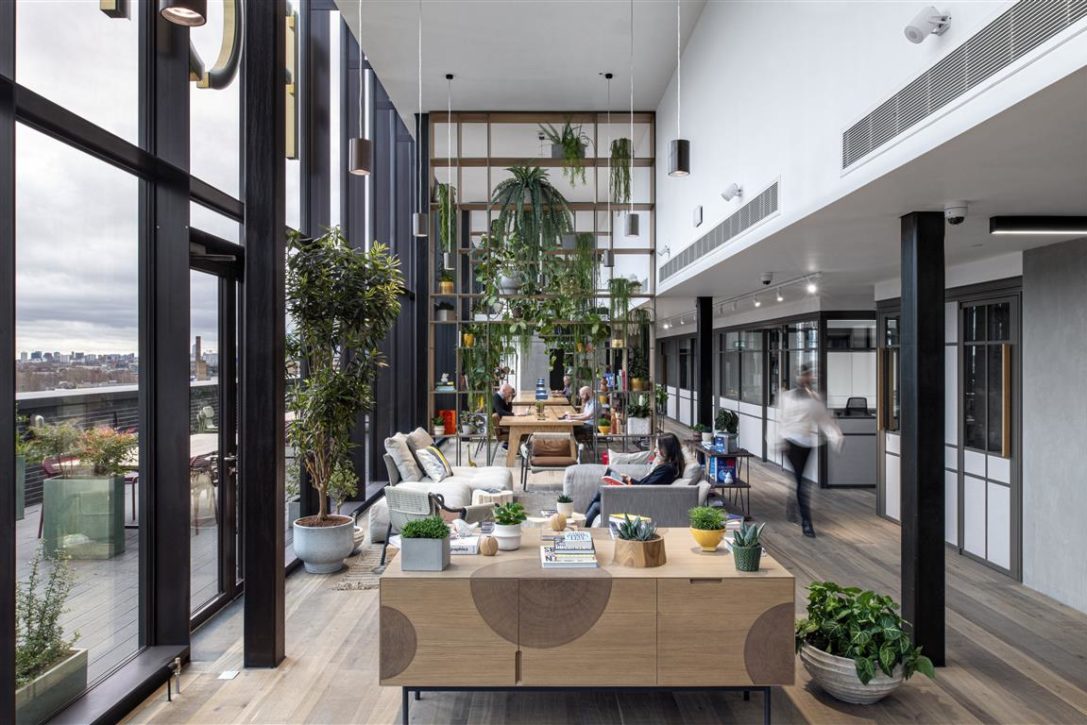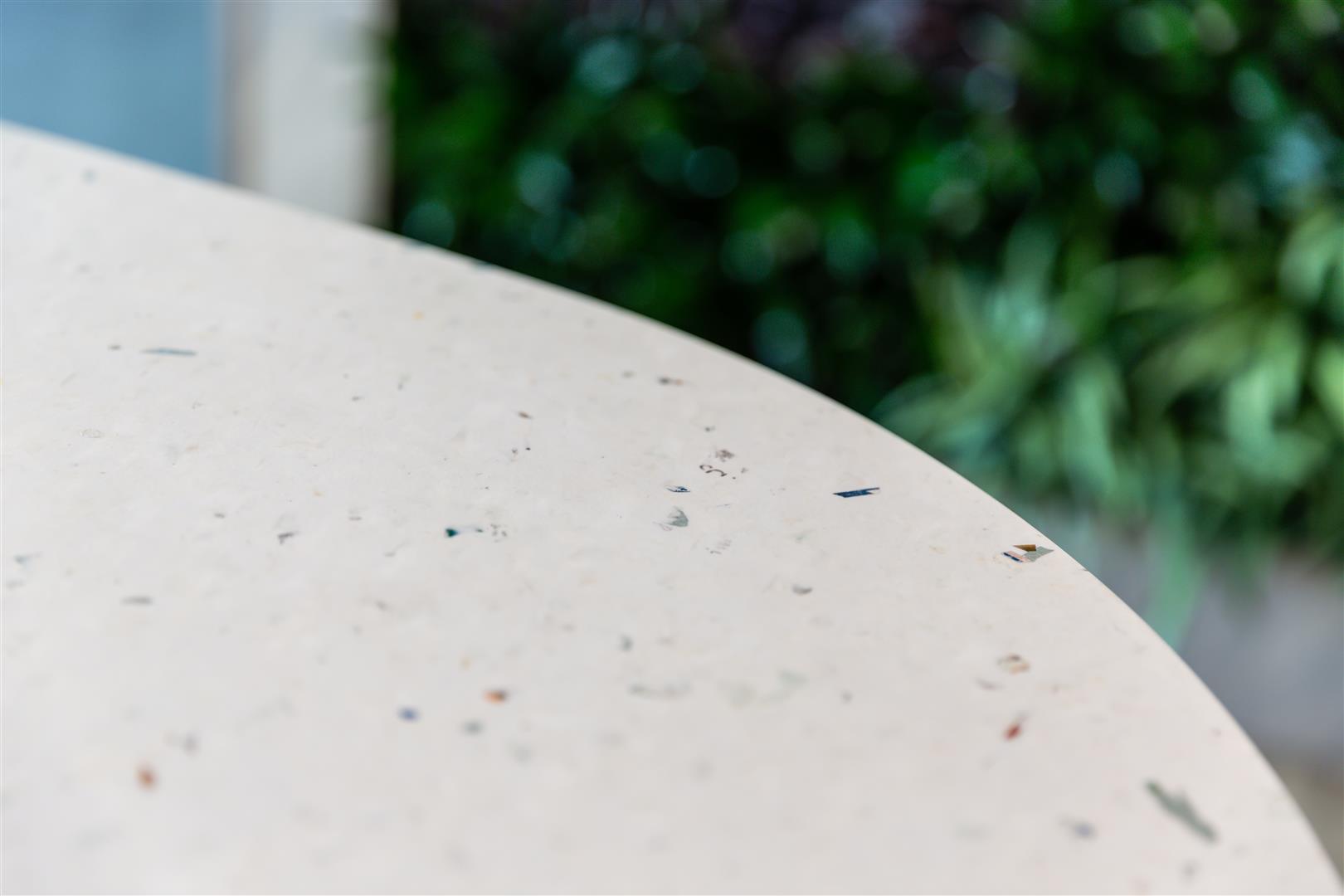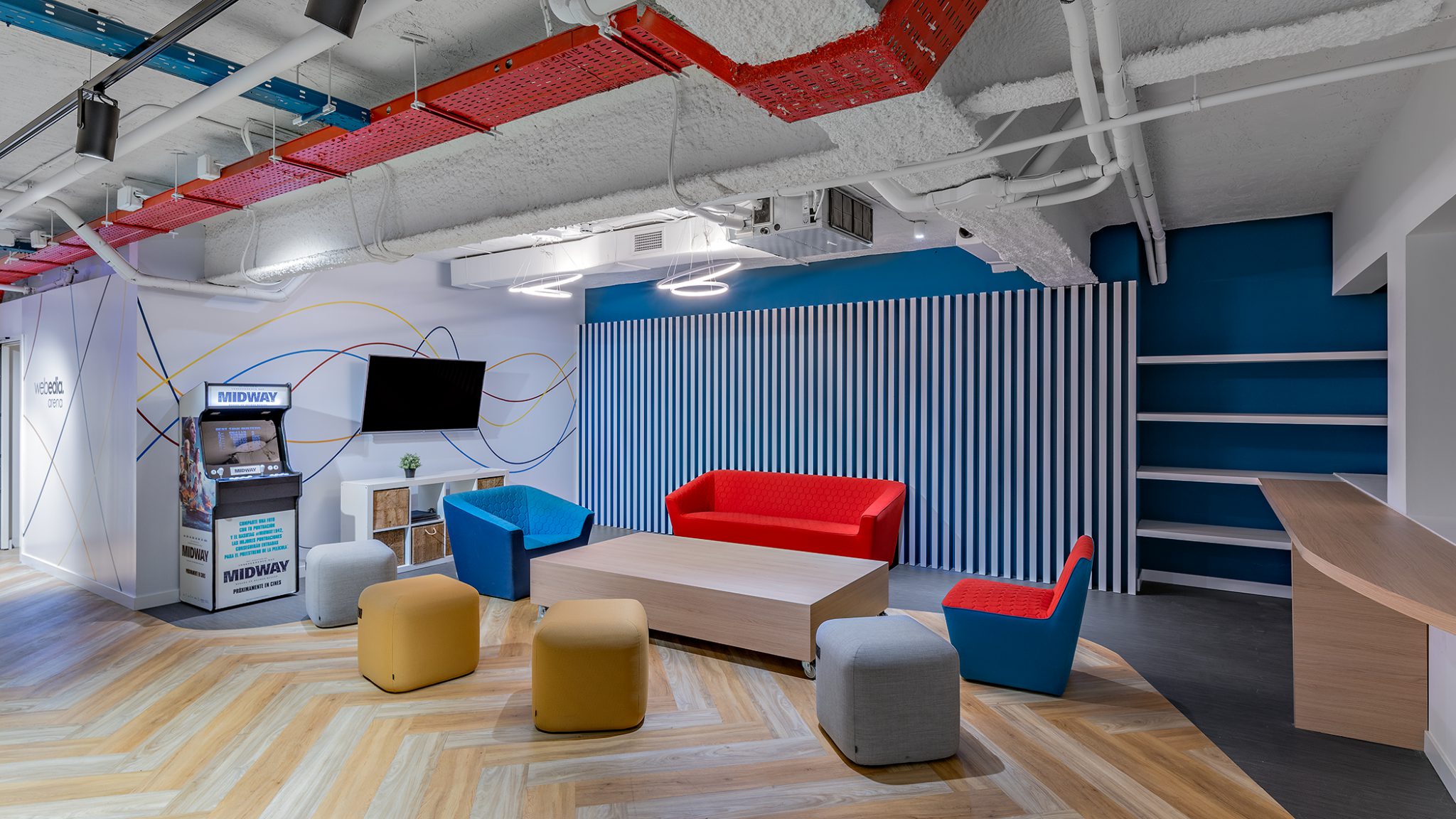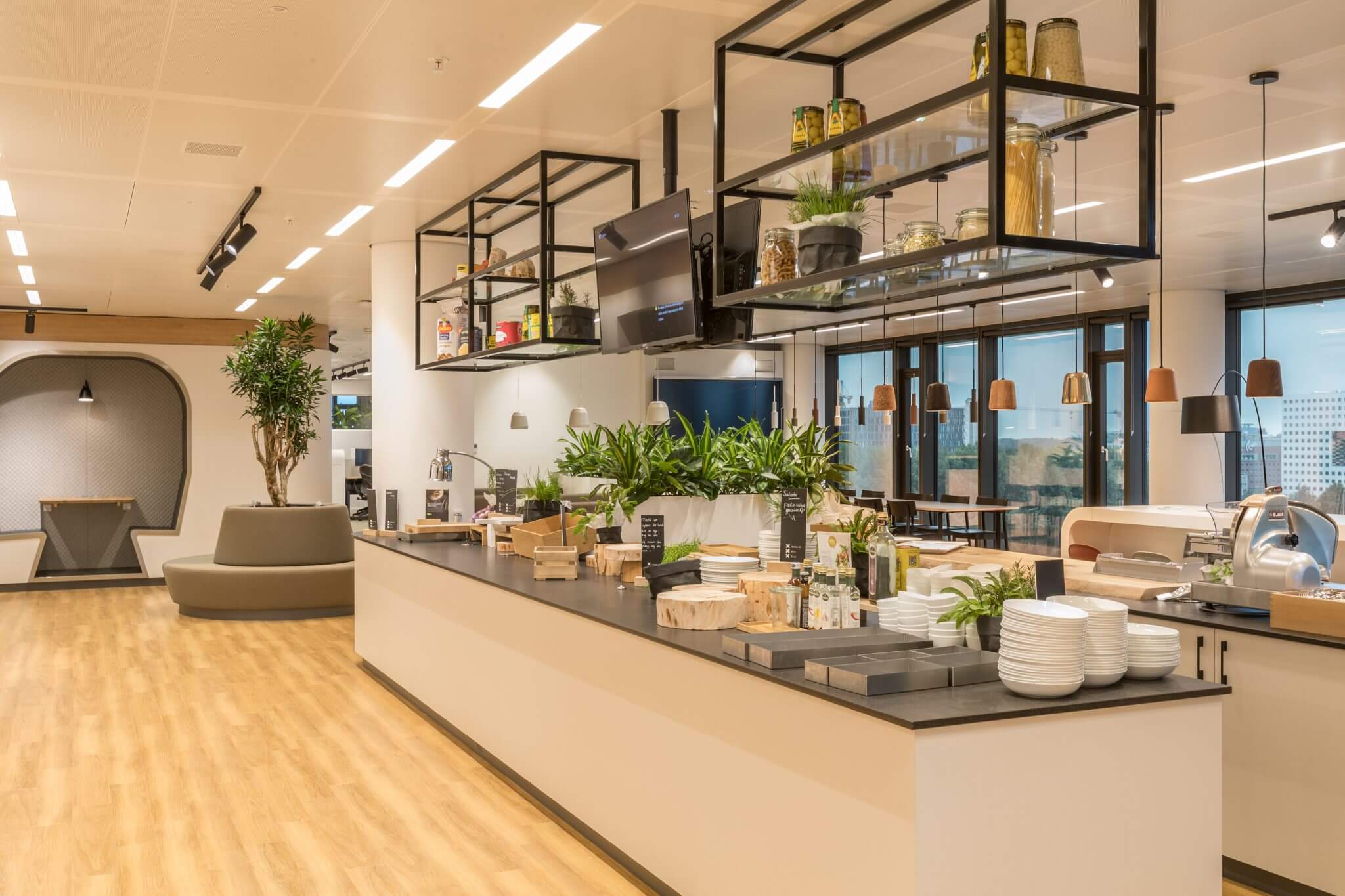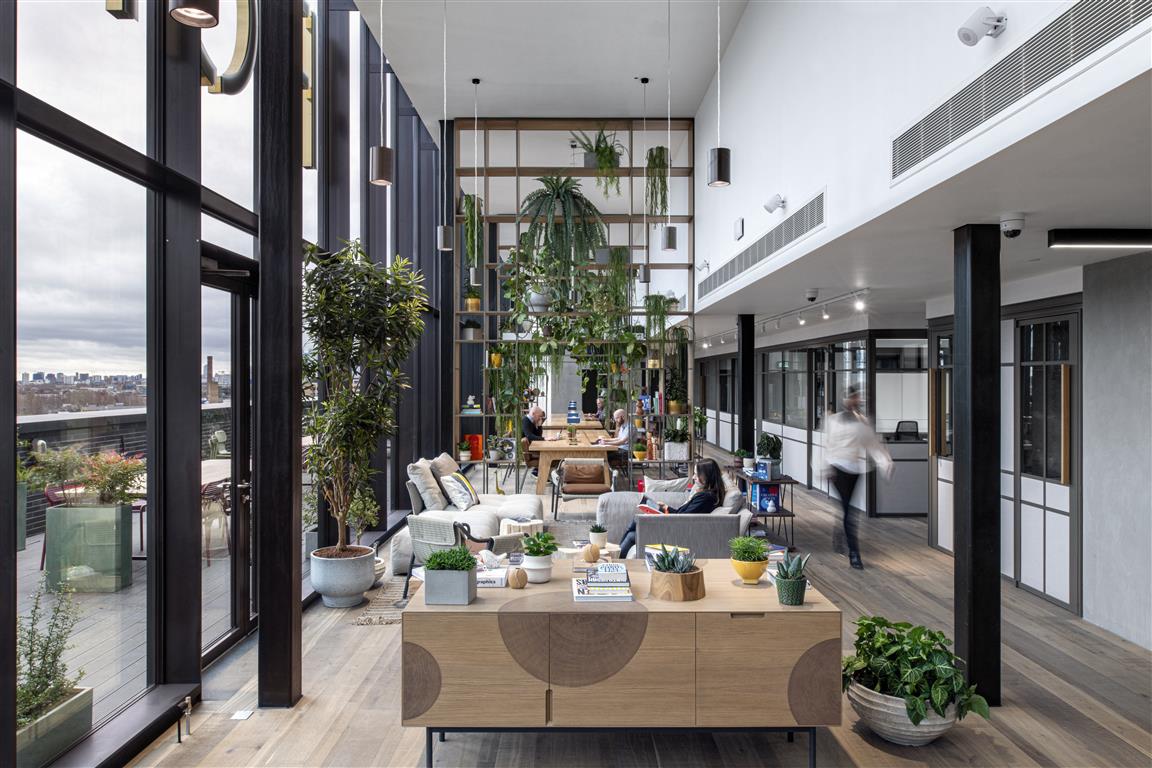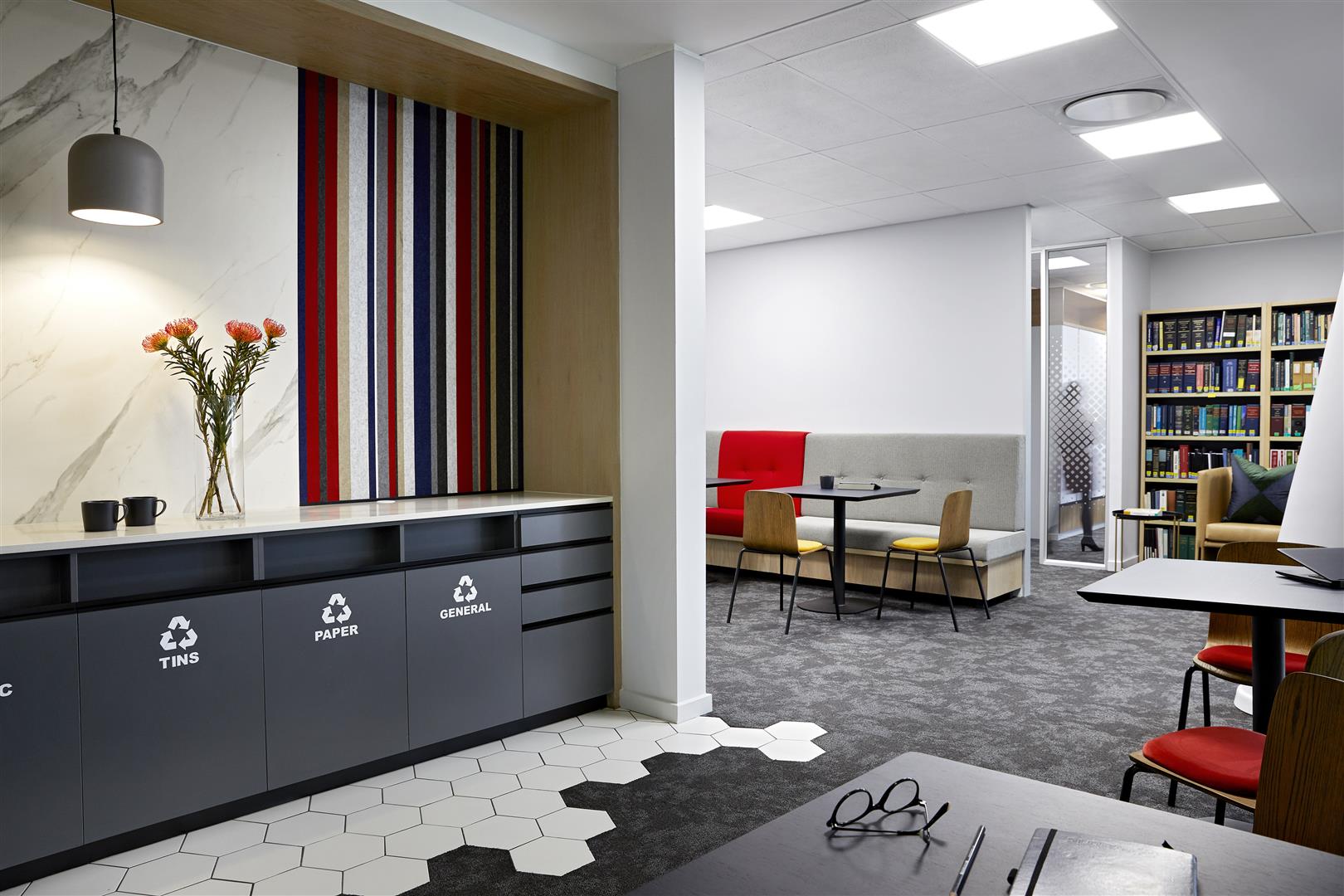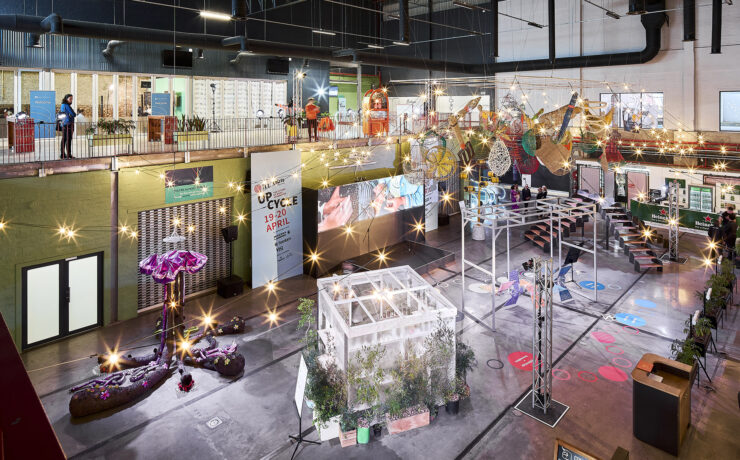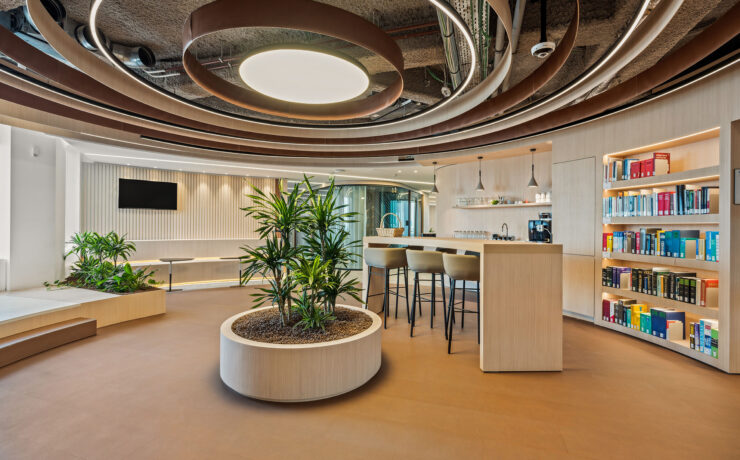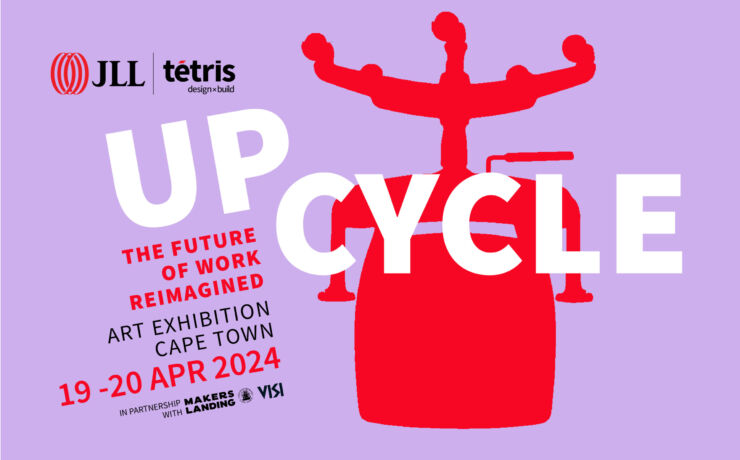With socially and environmentally conscious young graduates entering the workplace, demand for good corporate citizenship is driving change in commercial interior design.
Entrenching sustainability in everything
Apart from adhering to green building specifications, there is a growing desire across society to be kinder to the planet. In an office environment, this translates into solutions that impact everything from the choice of materials used in furniture, fixtures and equipment to general in-office sustainability initiatives, employee and community engagement.
Keep it local
“At Tétris, we encourage the use of local products. Not only do the materials offer something quite unique to the design, but cost saving is a valuable benefit, with no import duty to be paid”, says Emma Luyt, Managing Director: South Africa, at Tétris.
“We also often design our own solutions which supports local artisans in their craft. This is particularly effective with global clients looking to incorporate a home-grown aesthetic in their offices in each market,” she adds.

Find out more about how Tétris can help make your office fit-out more sustainable.
Reducing waste
A move towards running zero waste operations should be a key part of a company’s strategy to lower their carbon footprint. This includes incorporating recycling stations in accessible corners of the office (and following through on the process), providing reusable crockery and cutlery in canteens (or using eco-conscious packaging), and installing filtered water in pause areas (with reusable water bottles). A big part of the success of any sustainability programme is education – it’s a company’s responsibility to motivate staff to change their behaviour – whether you have a new printing policy or you’re eliminating plastic from your office kitchen.
Health and wellness
“Office interiors designed with employee wellbeing in mind automatically enhance productivity. This can mean anything from incorporating private zones to support mindfulness, installing a walking route around the office perimeter, or bringing the ‘outside in’ through natural light and plants,” says Luyt.
From a culture perspective, companies are encouraging their people to take the stairs, make healthier meal choices, or arranging team fitness events to build a healthier work community.
Green pressure is on the rise
As the world shifts towards more sustainable products, services and processes, there is a growing social pressure to adapt and conform. It’s one of the biggest drivers of behaviour change. Imagine throwing your disposable coffee cup in the recycle bin marked for glass. And about that single-use coffee cup – where is your re-usable one?
“The modern office today, with its influx of Generation Y, is incorporating a host of socially responsible practices and solutions in its workspaces and culture to attract and retain talent. It’s why you are seeing more plant-based options in canteens, on-site yoga classes and a conscious decision to incorporate more natural, sustainable fittings and furniture in workplace design, notes Luyt.”
It’s all part of a heightened drive to minimise the impact on the environment and ensure that a company’s office space reflects a socially conscious attitude.
